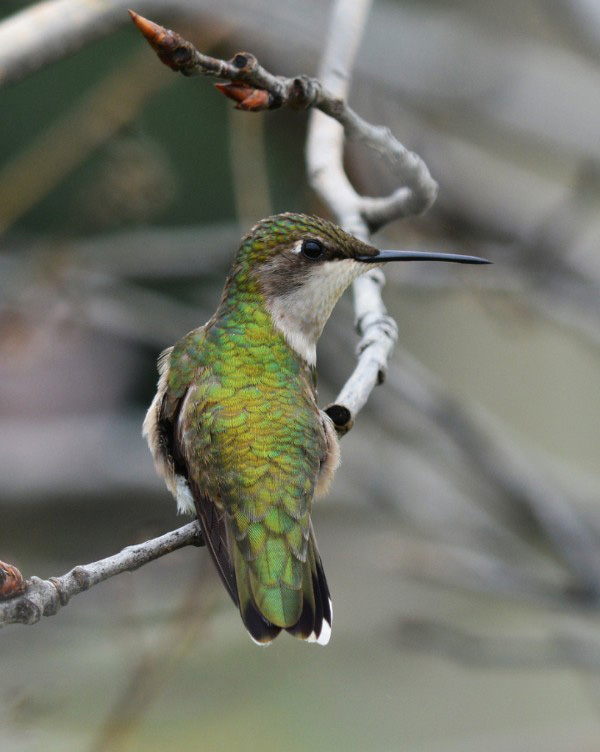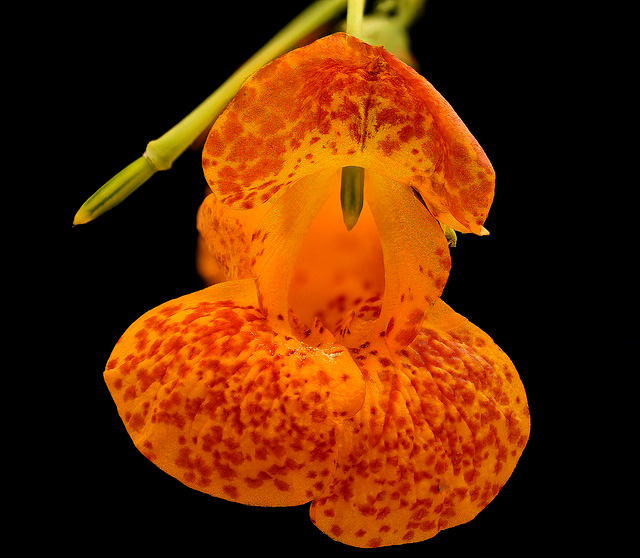Summer is near, and my field season is going full tilt! I’ve finished up a habitat design for a residential property in Cumberland and I’m working on another exciting design in Brunswick. I’ve been giving property all over, and have several more lined up. I’m helping a landowner in Monson build a pollinator paradise, and have developed a custom forb list for wildlife plantings in the deep woods of Athens, Maine. Meanwhile, I’ve been talking to audiences about pollinators and black bears – with more to come! I love my clients and am blessed for the work I do in the world.
I hope you are well, and hope to see you soon! Enjoy this month’s blog, and follow me over on Instagram and Facebook, if that’s your thing. I’d love to see you there!!
Hummingbird Heroines
Hummingbirds are one of those universally loved species – I don’t think I’ve ever met anyone who isn’t completely captivated by these little marvels, and nearly every backyard habitat enthusiast wants to help them in every way possible.
Some fun facts about our Ruby-throated Hummingbirds:
1. insects are a large part of their diet (including mosquitoes and black flies)
2. wings beat 53 times a second, and their hearts beat 600 times per minute
3. use spider silk in their nests (which are only about 1.5 inches in diameter)
Having studied the physiology of migratory birds for my Master’s degree, I am altogether blown away by the energetic feats of our Ruby-throated Hummingbirds. When they arrive in my garden in May, I ask myself: where have they been and what did it take to get (back) here? Why would a bird that weighs less than a penny fly from Maine to Mexico, and back again (crossing the treacherous Gulf of Mexico, a non-stop flight distance of 600 miles, TWICE a year)? Well, that’s probably a great topic for an article on my blog…!
For now, I want to focus on this fact: female hummingbirds return to our backyards and gardens, after a long-distance migration, with a need to restore their energy reserves, and then fuel their little bodies through the nesting season, so that they can perform all of their amazing maternal feats. Did you know that the male is completely absent from the parental duties? That’s right, all by herself, the female builds a nest, lays eggs, incubates the eggs for up to two weeks, broods them for nine days, and then feeds them for over three weeks. WOW!
Check out this short, but unbelievably charming video of an Anna’s Hummingbird building a nest.
What can we do to ensure that these birds successfully reproduce so that our future generations can marvel at these Lilliputian wonders in their own backyards and gardens?
What does Mama Hummingbird really need to succeed?

Female hummingbird by Doug Gimler of NEKWildlife.
Work with me to build a beautifully biodiverse place that reflects your values. l will help you provide wildlife with the special places they need to nourish themselves, stay safe, and raise young. It’s easier than you think. Get a customized quote.

Spotted Jewelweed, or Touch-me-not (Impatiens capensis) is an important late season flower for hummingbirds during fall migration. Photo: Helen Lowe Metzman.
Four Ways to Help Hummingbirds
1. Plant High-value Nectar Plants
The best way to support hummingbirds is to cultivate an abundance of tubular flowers – especially orange and red ones. Feeding sugar water is okay, but nothing beats real nectar! Hummingbirds have flown this far for the real deal, and although sugar water might get them through a dry spell, it is far superior for hummingbird health and their overall fitness if they are feeding on flower nectar. High-value hummingbird plants include Solomon’s Seal, Beebalm (Monarda), Trumpet Honeysuckle (Lonicera sempervirens), Scarlet runner bean (annual), Wild columbine (Aquilegia canadensis), foxglove (Penstemon digitalis), blazing star (Liatris), phlox (P. divaricata and paniculata), Butterfly weed (Asclepias tuberosa), and many more. Avoid double flowers and other cultivars with altered blooms and flower anatomy – go for the straight species whenever you can, as some cultivars don’t produce nectar (or as much of it). I just bought a bunch of beautiful natives (at a great price) from Groundcover. If you are in the Lakes Region area—Lucia Terry has beautiful native plants and is very knowledgeable and helpful!
2. Provide Sapsucker Habitat
One of our woodpeckers, the yellow-bellied sapsucker, is an important collaborator in our quest to help our hummingbirds. Hummers already have a long-standing “commensal feeding relationship,” whereby the hummer consumes sap that forms in the wells. or small holes created by the sapsucker tapping the tree for sap. This sap is an important food source in the spring when floral nectar is scarce. Hummingbirds will also feed on insects attracted to the sap wells during this time as well. Protect and manage for dead and dying trees in your landscape to ensure the hummingbirds get this spring sap!
3. Provide Lots of Insects
Populate your landscape with lots of native plants (perennials, shrubs, and trees) which support a biodiversity of insects. Insects make up roughly 80% of a hummingbird’s total diet! Remember: insects are the foundation of the food chain in your habitat garden, backyard, and woodlands.
4. Hummingbird Feeders – if you must
How to “feed” hummingbirds is a hot topic—evidenced by the lively conversation going on over at the Maine Birds Facebook Page this week. On Sunday a member posted that they wanted some advice on hummingbird feed and feeders, and the post now has over 100 comments! There’s a lot to say on this topic, but this article by Laura Erickson has wonderful, accurate information on best feeding practices. Overall, I would avoid the artificial nectar feeders unless you can commit to changing the sugar water every two days and cleaning the feeders every several days – without fail. Fermented sugar water can cause enlarged livers, and competition at feeders can be very stressful and take a toll on individual birds during a period of high energy demand (nesting and breeding).
To get customized recommendations on building a better hummingbird habitat, pollinator paradise, or forest bird sanctuary, I’d love to develop a habitat design for you.
By Deborah Perkins, M.S. – Wildlife Ecologist










Leave a Reply